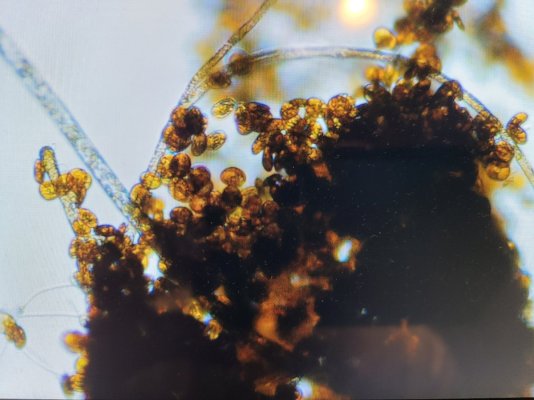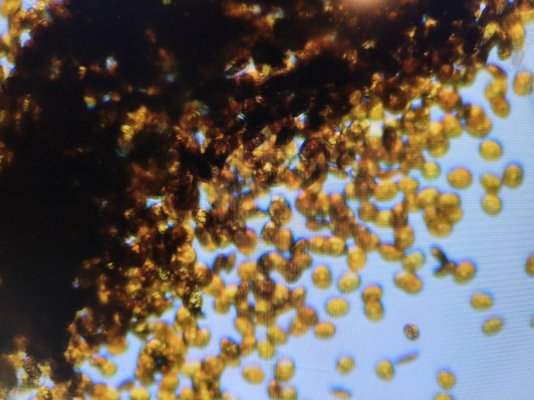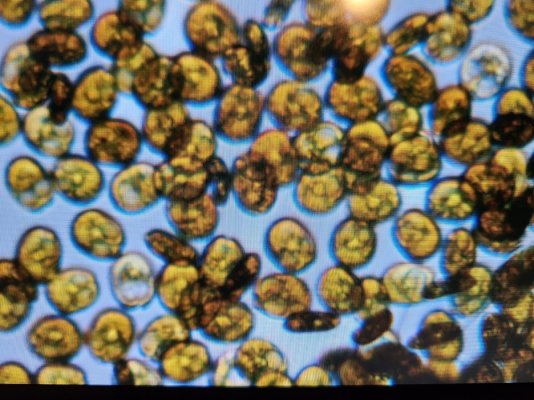Navigation
Install the app
How to install the app on iOS
Follow along with the video below to see how to install our site as a web app on your home screen.
Note: This feature may not be available in some browsers.
More options
You are using an out of date browser. It may not display this or other websites correctly.
You should upgrade or use an alternative browser.
You should upgrade or use an alternative browser.
Dino Identification
- Thread starter testuser
- Start date
- Tagged users None
Why does it need to be so complicated? I researched and found reef2reef library so vast. It's hard enough to find genuine help from people going through the same situations.
I don't have a microphone, microwave, or microscope...
I'm scared shirtless already before I even start
I don't have a microphone, microwave, or microscope...
I'm scared shirtless already before I even start
Lol. Their shape does look like large cell. Hard to see their beak. If they are only on your sand they definitely are. The treatment protocol is pretty simple. For sand dwelling, dose silicate (water glass) until you see diatoms under the scope then keep going until you don’t see any more dinos. Also raise nitrate and phosphate and test to make sure they stay elevated with reliable testers. For rock dwelling ones that make strings, strong UV with pump and return directly in the display, then a couple days blackout to get as many of them swimming as you can.
They are on the sand, lower part of the glass of the tank by the sand, and stringy partially on the sand, but stringy all over the rocks. The above pictures and video have stringy appendages all over the rock, and the sample is from that.Lol. Their shape does look like large cell. Hard to see their beak. If they are only on your sand they definitely are. The treatment protocol is pretty simple. For sand dwelling, dose silicate (water glass) until you see diatoms under the scope then keep going until you don’t see any more dinos. Also raise nitrate and phosphate and test to make sure they stay elevated with reliable testers. For rock dwelling ones that make strings, strong UV with pump and return directly in the display, then a couple days blackout to get as many of them swimming as you can.
I tried raising the nitrates and phosphates, but no matter how many ml I dosed for Neophos, it would never raise. And it got worse and worse any time I dosed either. I've already gone through a blackout and Dr. Tim's, treatment which significantly reduced it, but it started to come back post treatment. Right now I don't have any coral, so I am good with nuking from orbit.
I'm not down for UV because of the cost and the fact that I only have a 4.8g tank.
At the moment I'm doing blackout again, but given the above description, could it still be large cell amphidinium? I've attached one more closer up pic and video here as well, if that helps.
Attachments
Yeah they definitely move like them and have the shape. Have you dosed any water glass or SpongExcel to get silica up? You need a competitor when raising N and P or else they are gonna feast on it. Or you could turn off the lights and leave it in the dark for 3-4 weeks. Or DinoX
I haven't done any silica yet and this is the first I've heard it SpongExcel, but that makes sense as a competitor. I could look into that as an option.Yeah they definitely move like them and have the shape. Have you dosed any water glass or SpongExcel to get silica up? You need a competitor when raising N and P or else they are gonna feast on it. Or you could turn off the lights and leave it in the dark for 3-4 weeks. Or DinoX
dang, 3-4 weeks, is that the rec if going the blackout route? That's crazy how they can survive without light (or lay dormant) for that long. Maybe the play could be DinoX and blackout at the same time? BRS recommended that with Dr. Tim's and I saw crazy progress, but they still came back.
What's the difference with DinoX vs Dr. Tim's Re-Fresh? I'm not concerned about nuking given that there are only two snails in my tank at this point.
Dino-X is an algaecide that supposedly specifically targets dinoflagellates I think. I probably wouldn't use it with corals but since you don't have any, it might work.
I said that UV sterilizer was cost prohibitive before, but I did just learn about the green killing machine. Intense name, but it's cheap enough. If you think it's worth it, I can give that a go after DinoX if that fails. The UV stuff I saw before was pretty insanely expensive, I'd memory serves.Dino-X is an algaecide that supposedly specifically targets dinoflagellates I think. I probably wouldn't use it with corals but since you don't have any, it might work.
How do you define it they are swimmers? Based off of movement under a microscope or something else? I can move the wave maker to hit the rock and put it at full blast, worst case I guess to knock them around maybe.Not sure it would work or not if these are large cell they aren’t really swimmers but in a tank that small they may have to be if the current is strong enough
After this, I can try Dino X.
By type. I don’t think these are swimmers. Unless you scope some that are on the rocks and you see different shapes. Large cell stay near the sand because they go down in it at night. The type that form the longer strings tend to swim at night so that’s when you hit them with UV.
I wonder if I had two different types? Previously, I had super longer strands that engulfed my entire tank. They are starting to come back similarly, but I suppose that in general, UV couldn't hurt. I'll blackout the tank for a while, UV it up, scrub the green hair algae off of one of my offending rocks, and hope for the best. I'll try Dino X after that, and if that doesn't work, nuke it from orbit. Appreciate all of your input The Don!By type. I don’t think these are swimmers. Unless you scope some that are on the rocks and you see different shapes. Large cell stay near the sand because they go down in it at night. The type that form the longer strings tend to swim at night so that’s when you hit them with UV.
Thanks! I'm assuming that blackout and UV would still be a fine method of elimination?these are prorocentrum.
- Joined
- May 22, 2016
- Messages
- 6,559
- Reaction score
- 10,131
decently effective. Not 100%, but usually helpful.Thanks! I'm assuming that blackout and UV would still be a fine method of elimination?
Hi All, while I thought I was out of the woods for a few weeks, the sand-dwelling (and on the lower parts of my glass and in low flow around my rock work by the sand) seemed to have come back.
I have UV on 24/7 now because I had the long, stringy, floaty kinds a while back. Thankfully, those haven't returned. My biggest problem is that it seemed like no matter how much I dosed phosphates, by the next day, it was 0 again.
So is SpongeExcel the play since it's sand-dwelling? @thedon986 recommended it last month, and I didn't need to go down that path yet. But given it's largely on the sand, I figured it would be a harmless test. How long would you recommend doing that for? And keep dosing phosphates daily until something finally stays consistent until the next day?
The main difference now is that I have new coral, after operating under the false pretense that everything was well. So, I want to be as careful as possible this go around, and SpongeExcel for silica feels safer anyway.
I have UV on 24/7 now because I had the long, stringy, floaty kinds a while back. Thankfully, those haven't returned. My biggest problem is that it seemed like no matter how much I dosed phosphates, by the next day, it was 0 again.
So is SpongeExcel the play since it's sand-dwelling? @thedon986 recommended it last month, and I didn't need to go down that path yet. But given it's largely on the sand, I figured it would be a harmless test. How long would you recommend doing that for? And keep dosing phosphates daily until something finally stays consistent until the next day?
The main difference now is that I have new coral, after operating under the false pretense that everything was well. So, I want to be as careful as possible this go around, and SpongeExcel for silica feels safer anyway.
- Joined
- Apr 3, 2020
- Messages
- 126
- Reaction score
- 78
I said that UV sterilizer was cost prohibitive before, but I did just learn about the green killing machine. Intense name, but it's cheap enough. If you think it's worth it, I can give that a go after DinoX if that fails. The UV stuff I saw before was pretty insanely expensive, I'd memory serves.
People with dinos say the green killing machine hasn't worked well on dinos. People have had much better luck with other UV filters.
Yeah, I think it all depends on the type.People with dinos say the green killing machine hasn't worked well on dinos. People have had much better luck with other UV filters.
After I got new corals, 2 days later they came back. They've started attaching to my coral and have also attached to the GHA that's appeared all over the rocks. It seems like a crazy imbalance to have dinos crawling on the algae on the rocks. Is silica + nitrates/phosphates the answer still? The wave maker is blowing the algae around with the dinos hanging on them, but they aren't blowing away, they're super sticky.these are prorocentrum.
I've attached a bunch of pictures and videos for reference.
Attachments
-
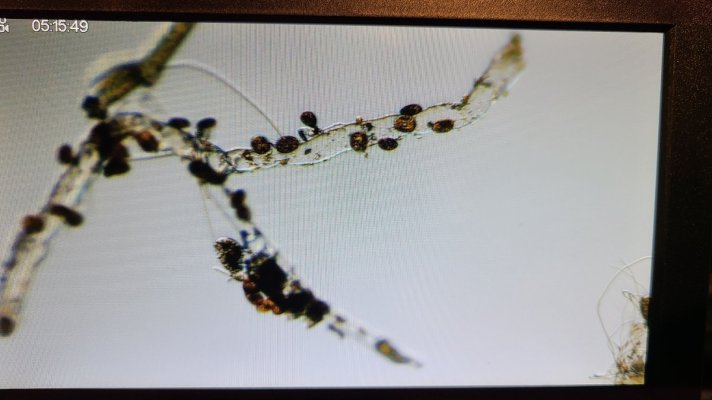 20231025_165521.jpg127 KB · Views: 75
20231025_165521.jpg127 KB · Views: 75 -
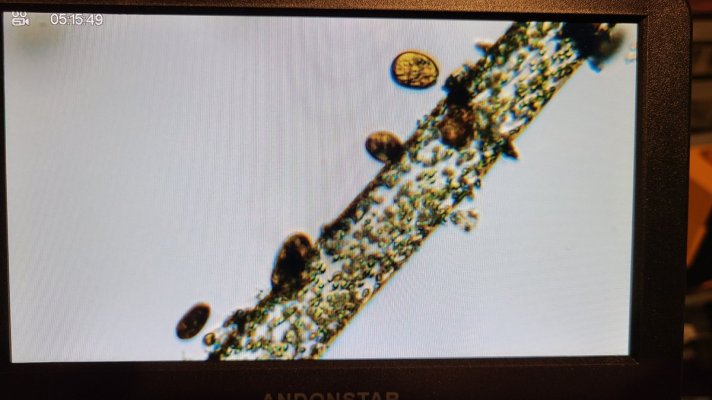 20231025_165749.jpg137.8 KB · Views: 67
20231025_165749.jpg137.8 KB · Views: 67 -
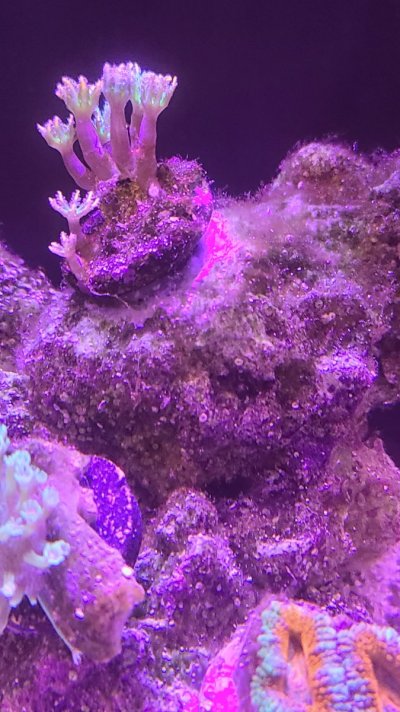 20231025_183248.jpg191.6 KB · Views: 64
20231025_183248.jpg191.6 KB · Views: 64 -
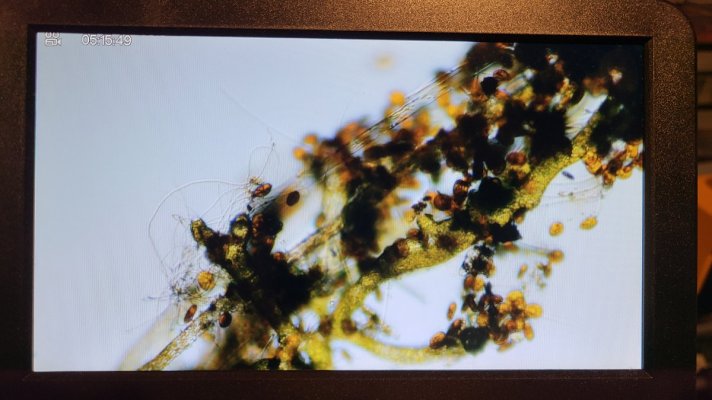 20231025_165447.jpg143.9 KB · Views: 67
20231025_165447.jpg143.9 KB · Views: 67 -
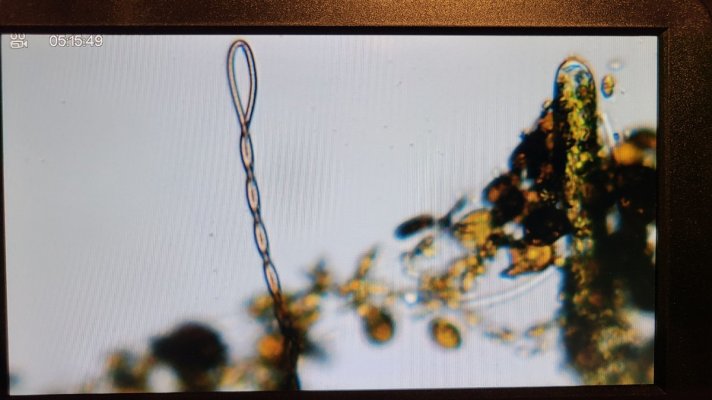 20231025_175014.jpg122.4 KB · Views: 67
20231025_175014.jpg122.4 KB · Views: 67 -
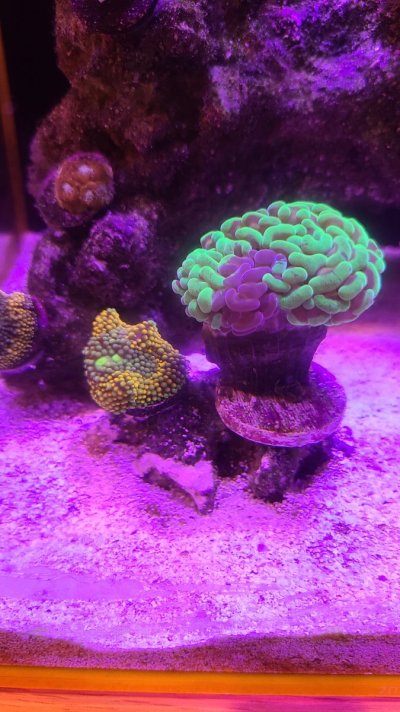 20231025_183234.jpg189.8 KB · Views: 59
20231025_183234.jpg189.8 KB · Views: 59 -
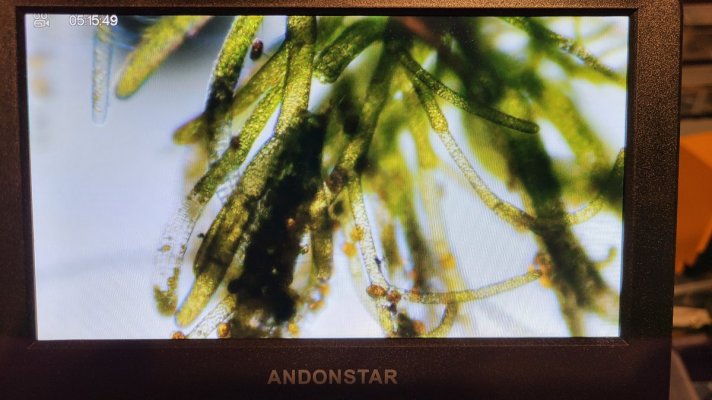 20231025_165322.jpg159.5 KB · Views: 55
20231025_165322.jpg159.5 KB · Views: 55 -
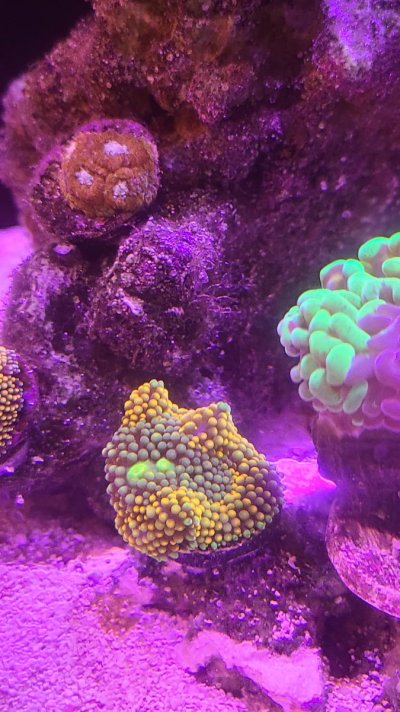 20231025_183309.jpg200 KB · Views: 64
20231025_183309.jpg200 KB · Views: 64 -
20231025_174742.mp452.1 MB
-
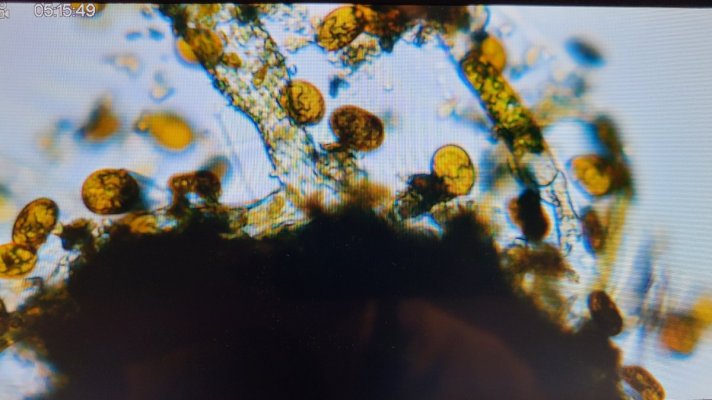 20231025_174819.jpg128.4 KB · Views: 72
20231025_174819.jpg128.4 KB · Views: 72
Similar threads
- Replies
- 10
- Views
- 786
- Replies
- 5
- Views
- 138
- Replies
- 2
- Views
- 199


